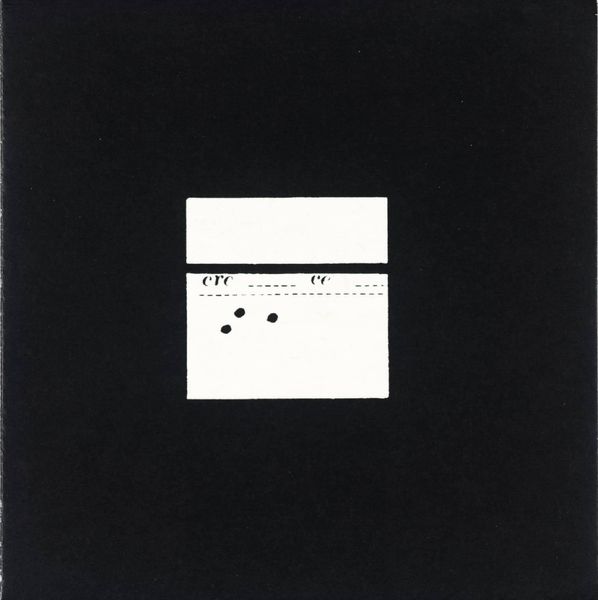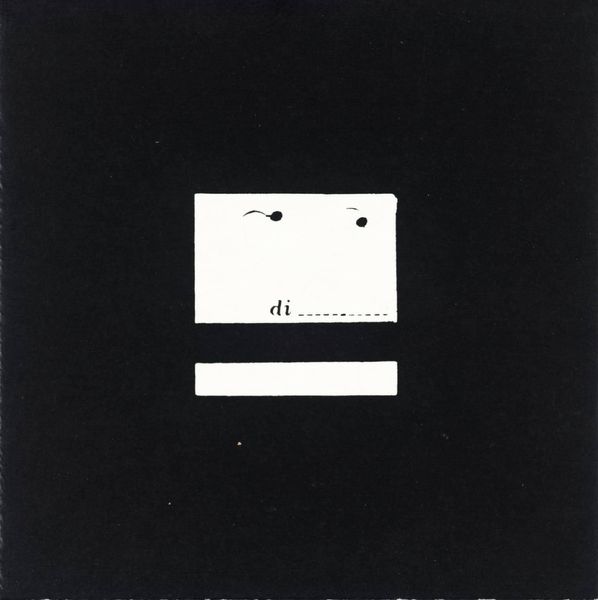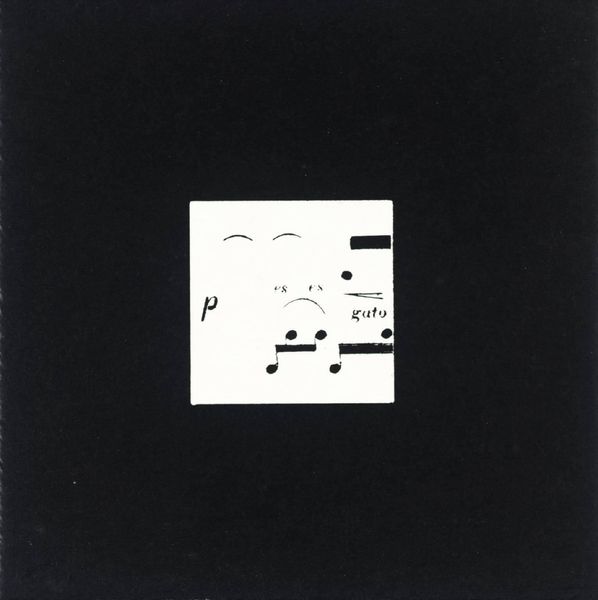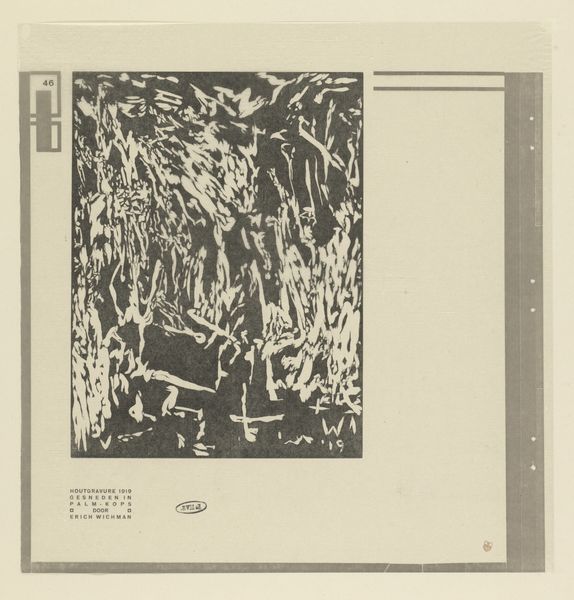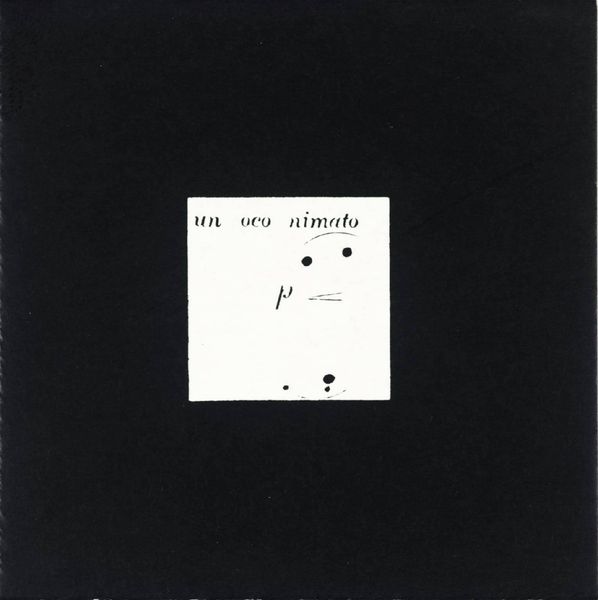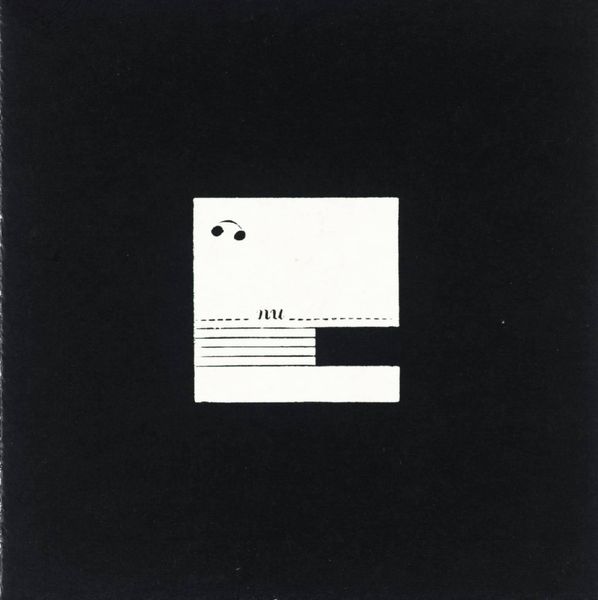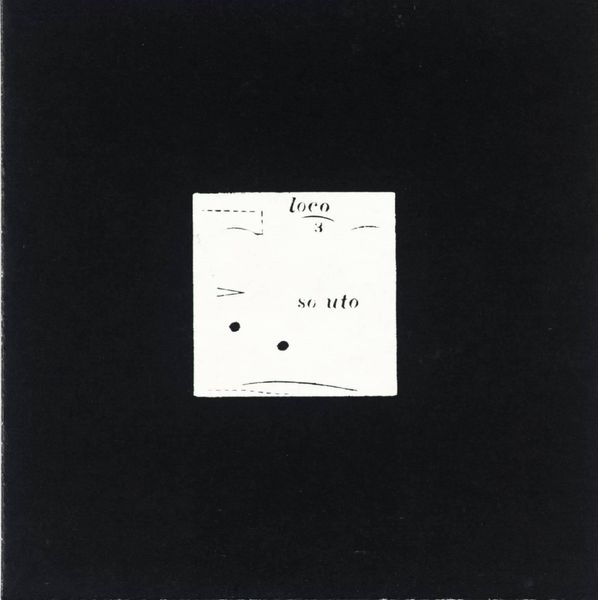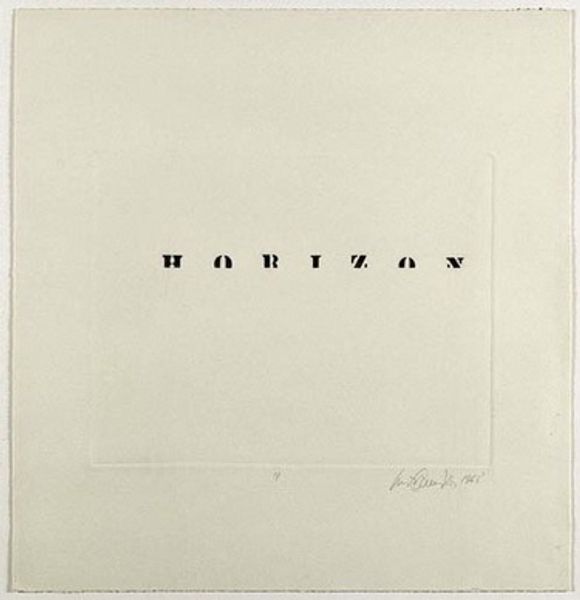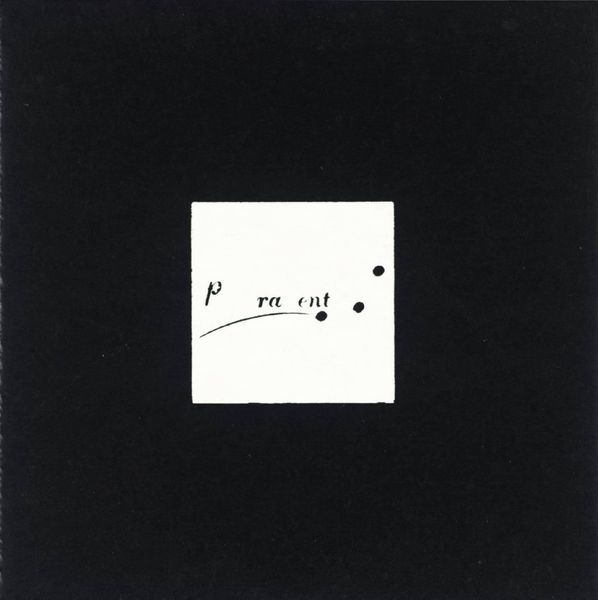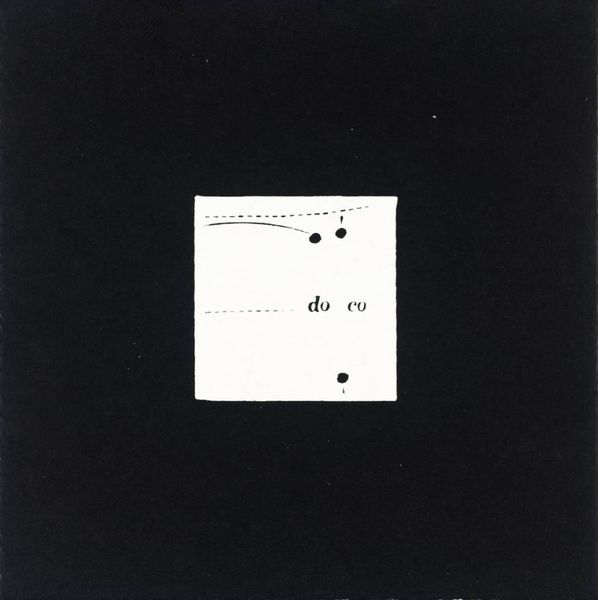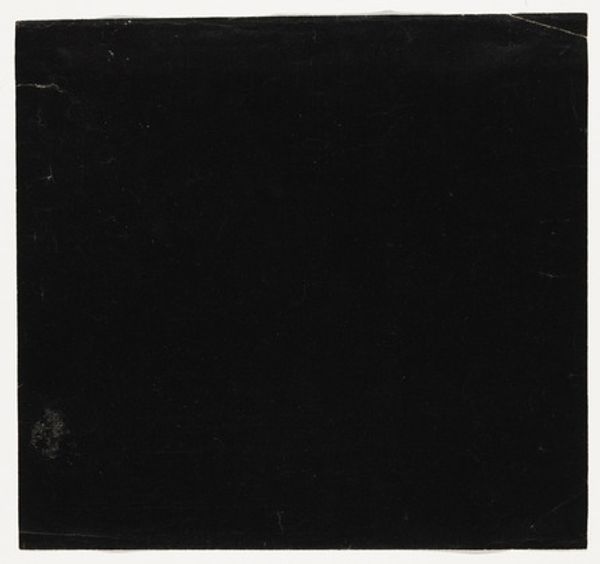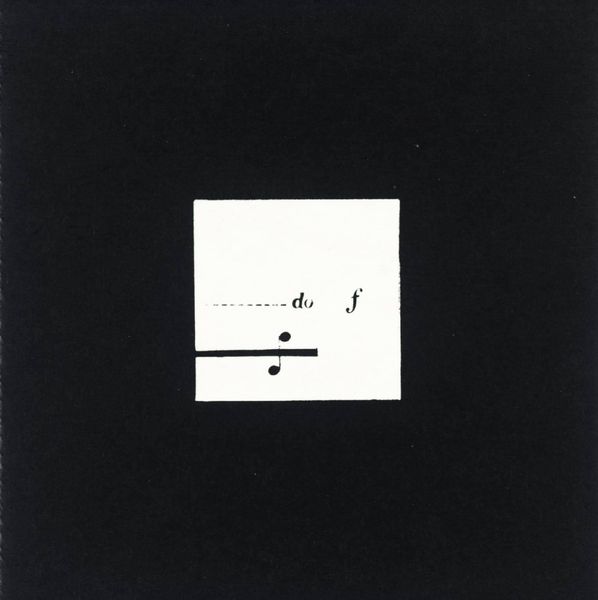
graphic-art, print, paper, typography
#
graphic-art
# print
#
paper
#
typography
Dimensions: sheet: 30 x 31.8 cm (11 13/16 x 12 1/2 in.)
Copyright: National Gallery of Art: CC0 1.0
Curator: This piece is titled "Labyrinty", dating from 1959 to 1962. It is a print, a graphic work on paper with typography, created by Jiří Balcar. What strikes you when you first see it? Editor: It feels immediately claustrophobic, almost aggressively so. The stark black background, punctuated only by that tightly framed word—labyrinth. It's oppressive. Curator: That oppressive feel aligns with the sociopolitical context. Balcar was working in Czechoslovakia during a period of intense political and artistic repression. "Labyrinty", meaning Labyrinths in Czech, resonates powerfully with the feeling of being trapped in a system. Editor: Precisely! That bold typography seems almost like a desperate cry for clarity, framed as it is, but ultimately failing because it *is* the labyrinth. Balcar implicates language itself as part of the maze. It makes me think of censorship and the way words could be twisted. Curator: Indeed. The black and white contrast, the sharp edges, the unyielding typography, it speaks to the rigid ideological constraints imposed on artistic expression at the time. Public reception to art, the galleries that showed certain works—these were heavily controlled. Editor: Considering the restrictions he faced, how did Balcar manage to convey such powerful socio-political undertones? Curator: He navigated through symbolism, as direct critiques were dangerous. The labyrinth serves as a metaphor, allowing the work to resonate on a deeper level with those who understood the nuances of the political environment. This idea of finding meaning and freedom within restriction became an important mode of artistic activism in the Eastern Bloc. Editor: It's remarkable how such a seemingly simple composition can unpack layers of meaning related to power, control, and resistance. It prompts a contemplation of identity formation under oppressive systems and invites me to reconsider language itself as a terrain of power. Curator: Absolutely. Thinking about Balcar’s broader body of work contextualizes this piece even more poignantly. I always learn so much when contemplating work from this period. Editor: And for me, reflecting on “Labyrinty” reinforces art's profound ability to not only reflect but also to critique social structures, prompting audiences to re-evaluate our shared histories and current realities.
Comments
No comments
Be the first to comment and join the conversation on the ultimate creative platform.
